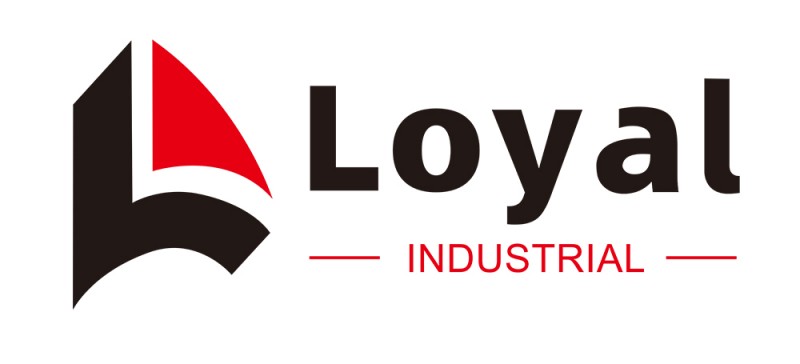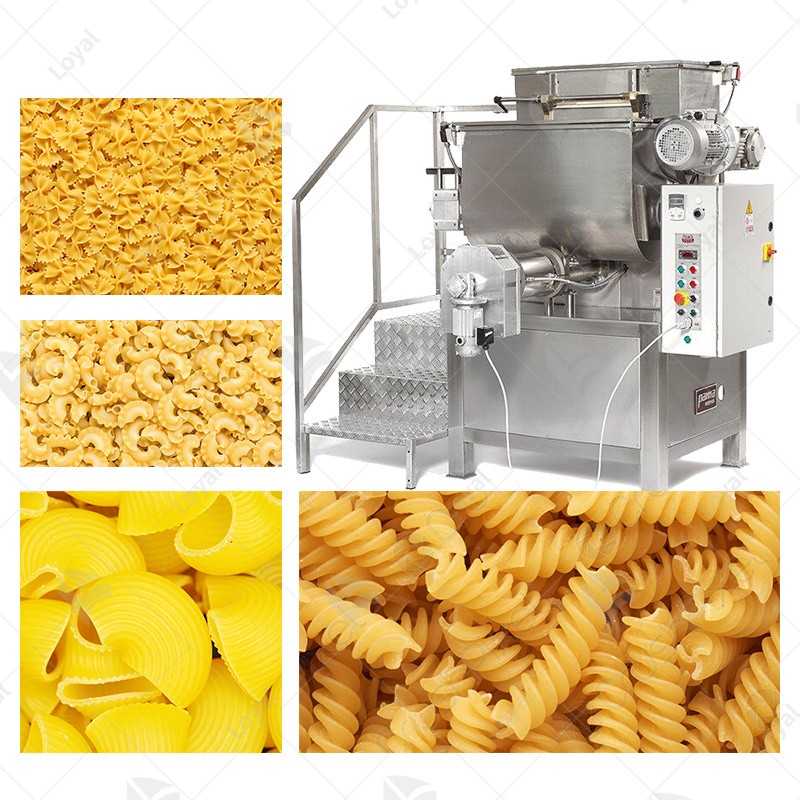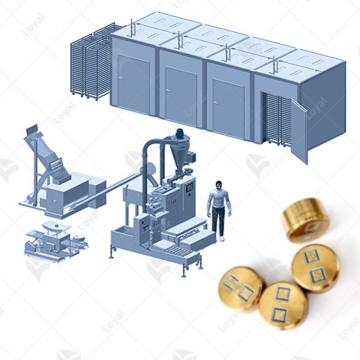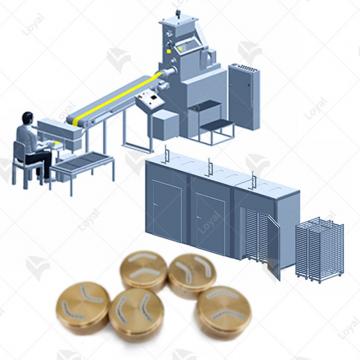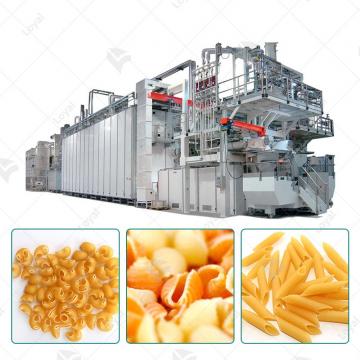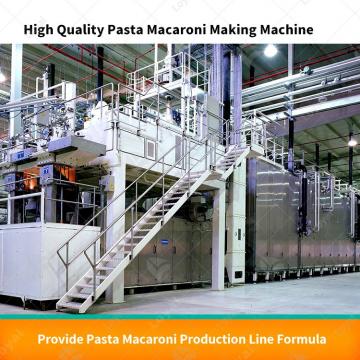Everyhing You Need To Know About Streamlining Production for Spaghetti Suppliers: The Ultimate Shortcut to Efficiency and Energy Conservation
Everyhing You Need To Know About Streamlining Production for Spaghetti Suppliers: The Ultimate Shortcut to Efficiency and Energy Conservation
The significance of revolutionizing spaghetti production for suppliers cannot be overstated. In a dynamic market driven by consumer demand, the adoption of full automation stands as a strategic move to meet the evolving needs of the industry. This introduction sets the stage for understanding the transformative impact of automation on spaghetti suppliers, emphasizing the importance of achieving both high efficiency and energy conservation.Shandong Loyal Industrial Co., Ltd. has incorporated advanced technologies from Capitanio and HEMAKS in the production of its spaghetti pasta production line.
Introducing the concept of full automation in spaghetti production, this section defines the term and outlines its scope in reshaping traditional methods. As suppliers seek ways to stay competitive and sustainable, embracing full automation becomes a pivotal strategy. The dual focus on efficiency and energy conservation becomes a guiding principle in this journey of transformation.

The Current State of Spaghetti Production for Suppliers
The spaghetti production landscape for suppliers has long been anchored in traditional methods, posing challenges in terms of scalability, precision, and resource efficiency. This section explores the historical context and the inherent challenges faced by suppliers in adhering to conventional processes.
Acknowledging the need for innovation becomes imperative in addressing the challenges highlighted in the previous section. The growing demand for spaghetti products, coupled with market dynamics, necessitates a shift toward more innovative approaches. This sets the stage for the exploration of full automation as a game-changing approach.
Full Automation in Spaghetti Production: A Game-Changing Approach
Full automation in spaghetti production marks a paradigm shift, encompassing the integration of automated systems from pasta mixing to packaging. This section provides a comprehensive definition of full automation, emphasizing the technological landscape that transforms traditional spaghetti production into a highly efficient and energy-conserving process.
Delving into the heart of the article, this section outlines the tangible benefits that full automation brings to spaghetti suppliers. From improved production speed and consistency to a reduced environmental impact, the advantages of embracing automation become evident. Quoting authoritative figures in the industry emphasizes the credibility of these benefits.
Implementation Challenges and Solutions
While the benefits are substantial, the journey towards full automation is not without challenges. Initial investment costs can be a hurdle for suppliers. This section discusses the financial implications and offers insights into how the long-term cost savings through efficiency outweigh the initial expenditures.
The transition to full automation requires the adaptation of the existing workforce. This section addresses the challenges of workforce adaptation and the importance of tailored training programs. Quoting industry experts adds authority to the discussion, emphasizing the collaborative role of technology and human expertise.

Success Stories: Spaghetti Suppliers Embracing Full Automation
Highlighting real-world examples, this section showcases success stories of spaghetti suppliers who have successfully embraced full automation. Case studies of Creamette, San Giorgio, Great Value, Ronzoni, Colavita, La Molisana, Banza, Garofalo, and Whole Foods 365 Everyday Value serve as inspirations, illustrating how these suppliers have reaped the benefits of increased efficiency and energy conservation.
Future Outlook: Full Automation Trends and Innovations
As technology continues to advance, this section explores the future trends and innovations expected in full automation for spaghetti suppliers. From artificial intelligence applications to predictions for the evolution of automated systems, suppliers are provided with insights to stay at the forefront of the industry.
Conclusion
Summarizing the transformative journey of spaghetti production for suppliers through full automation, this section reinforces the key themes of efficiency and energy conservation. It provides a concise recapitulation of the article's main points, emphasizing the strategic importance of embracing full automation.

FAQs: Frequently Asked Questions about Spaghetti Suppliers
Addressing common queries surrounding spaghetti suppliers and their adoption of full automation is crucial for providing a comprehensive understanding of the topic.
1. What makes full automation a game-changer for spaghetti suppliers?
Full automation revolutionizes spaghetti production for suppliers by streamlining processes, ensuring precision, and significantly increasing efficiency. The integration of automated systems addresses traditional challenges and positions suppliers to meet growing market demands with a reduced environmental footprint.
2. How do benefits like improved production speed and consistency translate to tangible advantages for suppliers?
Improved production speed allows suppliers to meet consumer demands more efficiently, ensuring timely product availability. Consistency ensures uniform quality, enhancing the brand reputation and customer satisfaction. The tangible advantages include increased market share and a competitive edge in the industry.
3. Are there specific industries where full automation is more beneficial for spaghetti suppliers?
Full automation is beneficial across various industries, from large-scale manufacturers to smaller suppliers. While initial investment costs may vary, the scalability of automated systems makes them adaptable to different production capacities. The benefits extend to suppliers aiming to enhance efficiency regardless of their size.
4. How can spaghetti suppliers balance the initial investment costs of full automation?
While the initial investment costs can be significant, the long-term benefits, such as increased efficiency and reduced operational costs, often outweigh the initial expenditures. Suppliers can strategically plan for the transition, exploring financing options and considering the long-term returns on investment.
5. How does workforce adaptation play a role in the successful implementation of full automation?
Workforce adaptation is essential in ensuring a smooth transition to full automation. Training programs tailored to the specific automated systems enable employees to leverage their expertise in conjunction with technology. This collaborative approach ensures a harmonious integration of human skills and automated efficiency.
